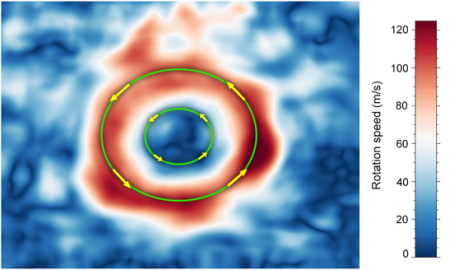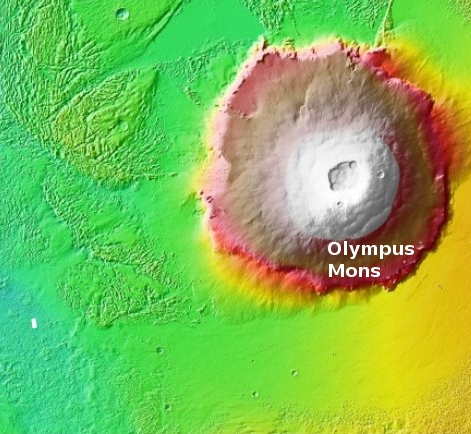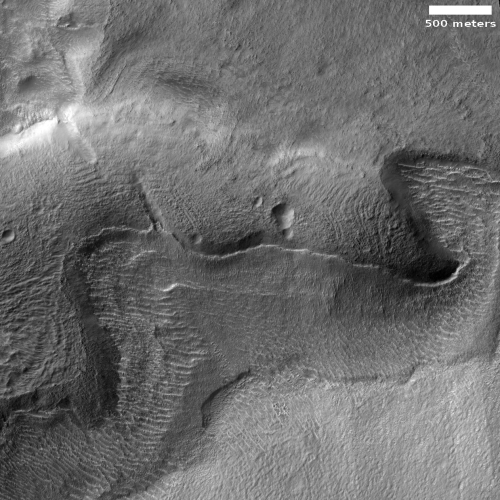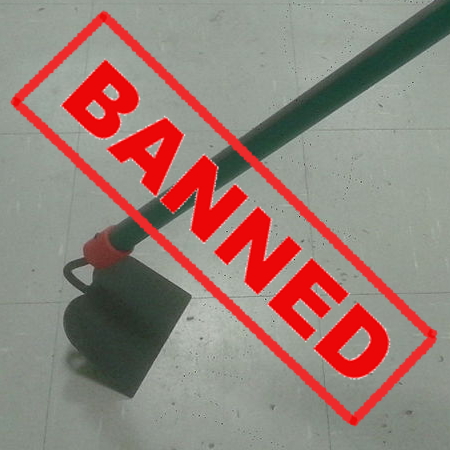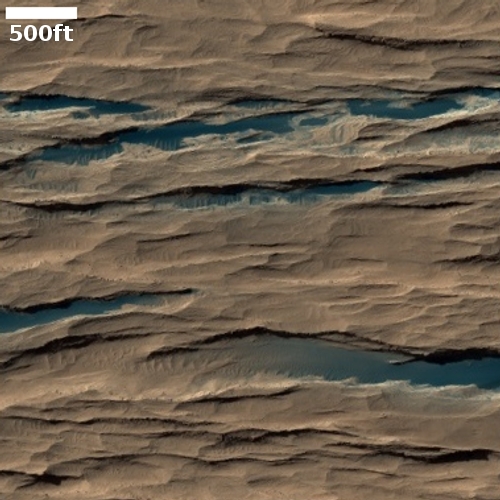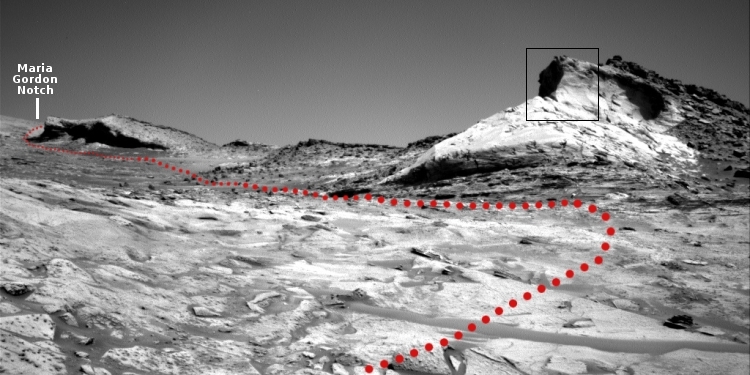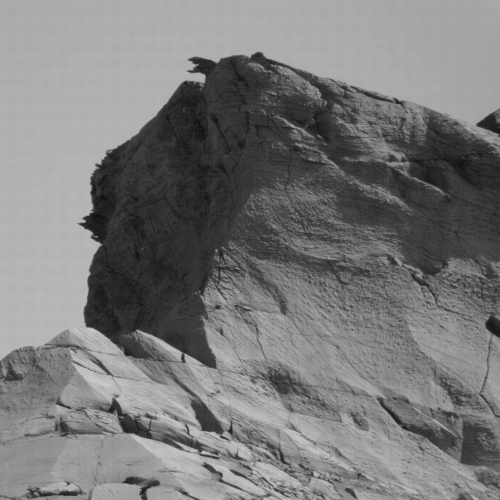BepiColombo about to make first of six Mercury flybys
The European/Japanese BepiColombo probe will make its first of six fly-bys of Mercury on October 1, 2021, as it steadily adjusts its flight path to enter orbit around the planet in 2025.
The mission is made up of two Mercury orbiters, Europe’s Mercury Planetary Orbiter and Japan’s Mio orbiter.
During the flybys it is not possible to take high-resolution imagery with the main science camera because it is shielded by the transfer module while the spacecraft is in cruise configuration. However, two of BepiColombo’s three monitoring cameras (MCAMs) will be taking photos from about five minutes after the time of close approach and up to four hours later. Because BepiColombo is arriving on the planet’s nightside, conditions are not ideal to take images directly at the closest approach, thus the closest image will be captured from a distance of about 1000 km.
The first image to be downlinked will be from about 30 minutes after closest approach, and is expected to be available for public release at around 08:00 CEST on Saturday morning. The close approach and subsequent images will be downlinked one by one during Saturday morning.
The cameras provide black-and-white snapshots in 1024 x 1024 pixel resolution, and are positioned on the Mercury Transfer Module such that they also capture the spacecraft’s solar arrays and antennas. As the spacecraft changes its orientation during the flyby, Mercury will be seen passing behind the spacecraft structural elements.
These will be the first close-up pictures of Mercury since the Messenger orbiter mission ended in 2015.
The European/Japanese BepiColombo probe will make its first of six fly-bys of Mercury on October 1, 2021, as it steadily adjusts its flight path to enter orbit around the planet in 2025.
The mission is made up of two Mercury orbiters, Europe’s Mercury Planetary Orbiter and Japan’s Mio orbiter.
During the flybys it is not possible to take high-resolution imagery with the main science camera because it is shielded by the transfer module while the spacecraft is in cruise configuration. However, two of BepiColombo’s three monitoring cameras (MCAMs) will be taking photos from about five minutes after the time of close approach and up to four hours later. Because BepiColombo is arriving on the planet’s nightside, conditions are not ideal to take images directly at the closest approach, thus the closest image will be captured from a distance of about 1000 km.
The first image to be downlinked will be from about 30 minutes after closest approach, and is expected to be available for public release at around 08:00 CEST on Saturday morning. The close approach and subsequent images will be downlinked one by one during Saturday morning.
The cameras provide black-and-white snapshots in 1024 x 1024 pixel resolution, and are positioned on the Mercury Transfer Module such that they also capture the spacecraft’s solar arrays and antennas. As the spacecraft changes its orientation during the flyby, Mercury will be seen passing behind the spacecraft structural elements.
These will be the first close-up pictures of Mercury since the Messenger orbiter mission ended in 2015.


